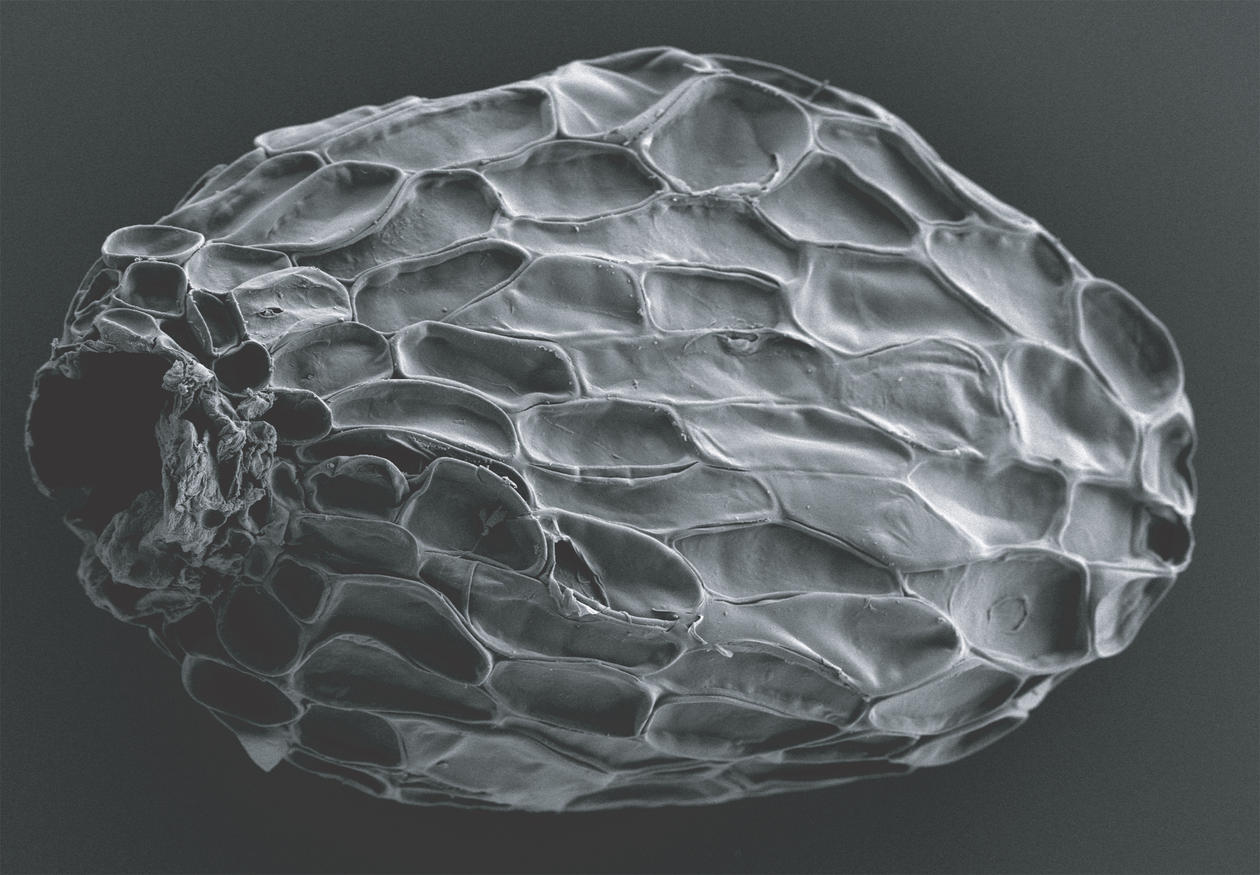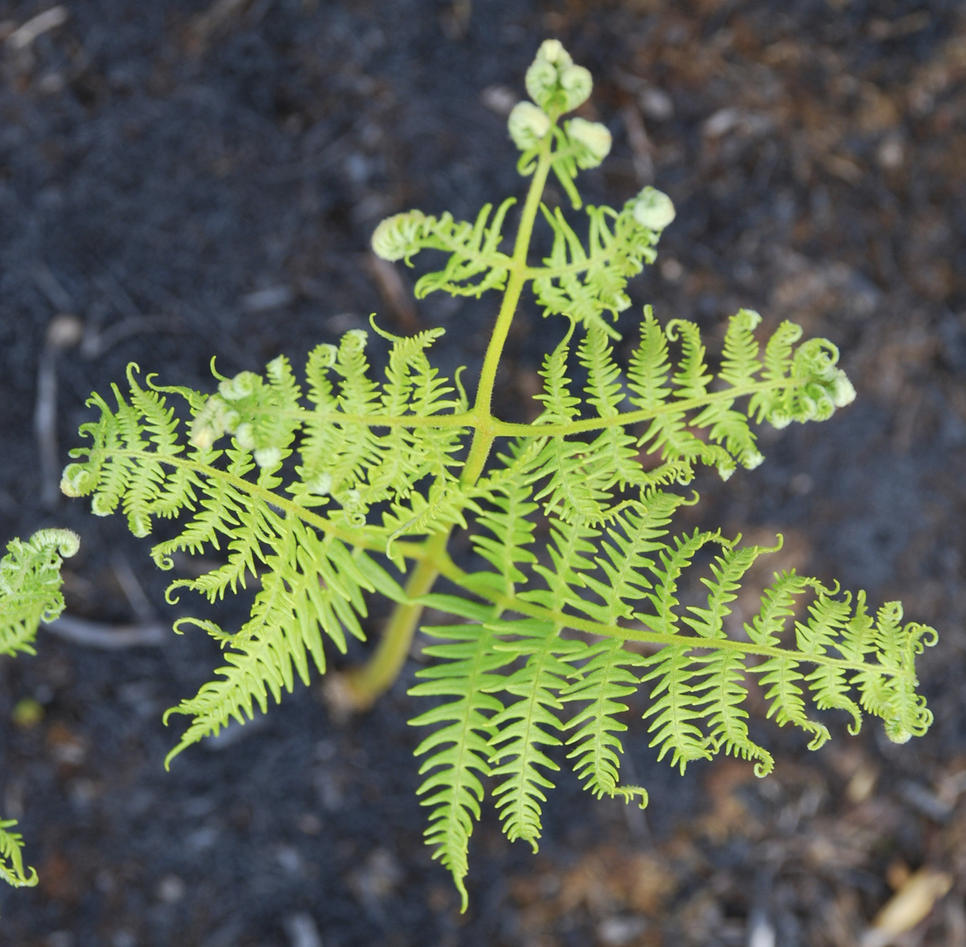Coastal heathlands
Heathlands are unique cultural landscapes throughout oceanic regions of Europe; now critically threatened by land-use change, pollution (N deposition) and development.

Main content
John-Arvid Grytnes, Tessa Bargmann, Vigdis Vandvik, Inger Måren (UNESCO Chair), Liv Guri Velle (Bioforsk), Peter Emil Kaland (emeritus)
EECRG has been involved in research unravelling the anthropogenic history and traditional land-use regimes of these heathlands, and also through the designation of the Heathland Centre, which opened in 2002 and which has received numerous prizes and awards from UNESCO and the EU. We also assist the Norwegian authorities in setting conservation targets and developing action plans and new vegetation mapping tools for the threatened heathland landscape.
Research activities include
(i) understanding the ecological dynamics of the heathlands system
(ii) evaluation approaches for restoration and mitigation of threats to the heathlands
(iii) contributing to evidence-based management of heathlands and
(iv) using the heathlands as a model system in basic ecological research.
Heathland research has given new insights into how the interactive effects of local environment and land-use result in a heterogenisation of the heathland landscape and how invasive species such as bracken (Pteridium) and Sitka spruce (Picea stichensis) affect heathland dynamics and biodiversity (INVALIENS project). We are exploring the importance of heathland dynamics such as regeneration rates, relative importance of seed and vegetative regeneration, and how germination responses vary along climatic gradients (VILLSAU project). This work has emphasised the need for evidence-based management systems, and we collaborate with agronomists, economists and veterinarians to develop heathland farming into a modern local industry that can provide local livelihoods while at the same time facilitating heathland management and conservation.
We have also demonstrated the existence of, and ecological consequences from, fire-induced germination responses in a semi-natural system, and have recently shown that evolutionary imprints of human land-use are detectable in heathland ecosystems (http://www.forskning.no/artikler/2014/februar/382492). A current PhD project focusses on the effect that management fire has on the diversity and composition of carabid beetles, and aims to find out whether species characteristic of heathland communities depend upon reoccurring fire.
A number of posters (as pdfs) illustrating some of the recent research can be found on the right.
Heathland Centre, Lygra
Past projects
Siri Haugum (PhD): Drought and fire in heathlands
Tessa Bargmann (PhD): Life after fire: the impact of fire on composition and diversity in coastal heathlands
Jan Håkon Vikane (PhD): Predicting decline of threatened species, invasiveness of alien species, and invasibility of seminatural habitats: A case study from threatened coastal heathlands and semi-natural grasslands in western Norway
Berhe Luel (MSc): Fire history in Calluna populations in coastal and alpine areas
Heidi Iren Saure (2012) Impact of native and introduced coniferous species on biodiversity in semi-natural coastal vegetation, western Norway. PhD thesis, University of Bergen.
Liv Guri Velle (2012) Fire as a management tool in coastal heathlands: a regional perspective. PhD thesis
Inger Elisabeth Måren (2009) Effects of Management on Heathland Vegetation in Western Norway. PhD thesis, University of Bergen.
Eva Kittelsen (2008) Geographical and management related factors affecting lambs of outwintered sheep along the west coast of Norway. MSc thesis, Univesity of Bergen.
Key papers
Vandvik, V., Töpper, J. P., Cook, Z., Daws, M.I., Heegaard, E., Måren, I.E. & Velle, L.G. 2014. Management-driven evolution in a domesticated ecosystem. Biology Letters 10: 20131082. 10.1098/rsbl.2013.1082
Velle L.G., Nilsen L.S., Norderhaug A. & Vandvik V. 2014. Does prescribed burning result in biotic homogenization of coastal heathlands? Global Change Biology 10.1111/gcb.12448
Saure H.I, Vetaas O.R., Hassel K. & Vandvik V. 2013. Effects of invasion by introduced vs. native conifers on coastal heathland vegetation. Journal of Vegetation Science 24:744-754. 10.1111/jvs.12010
Vikane J.H., Vandvik V., Rydgren K., Vetaas O.R. 2013. Invasion of Calluna heath by native and non-native conifers: the role of succession, disturbance and allelopathy. Plant Ecology 214: 975-985. 10.1007/s11258-013-0223-9
Velle, L.G., Nilsen, L.S., & Vandvik, V. 2012. The age of Calluna stands moderate post-fire successional trends in Northern Calluna heathlands. Applied Vegetation Science 15: 119-128. 10.1111/j.1654-109X.2011.01144.x
Måren, E. & Vandvik, V. 2009. Fire and regeneration: the role of seed banks in the dynamics of northern heathlands. Journal of Vegetation Science 20: 871-888. 10.1111/j.1654-1103.2009.01091.x
Måren I.E., Vandvik V. & Ekelund K. 2008. Restoration of bracken-invaded Calluna vulgaris heathlands: effects on vegetation dynamics and non-target species. Biological Conservation 141: 1034-1044. 10.1016/j.biocon.2008.01.012
Vandvik V., Heegaard E., Aarrestad P.A. & Måren I.E. 2005. Managing heterogeneity: the importance of grazing and environmental variation on post-fire succession in heathlands. Journal of Applied Ecology 42: 139-149. 10.1111/j.1365-2664.2005.00982.x
For further reading, see Heathland ecology and cultural landscapes






